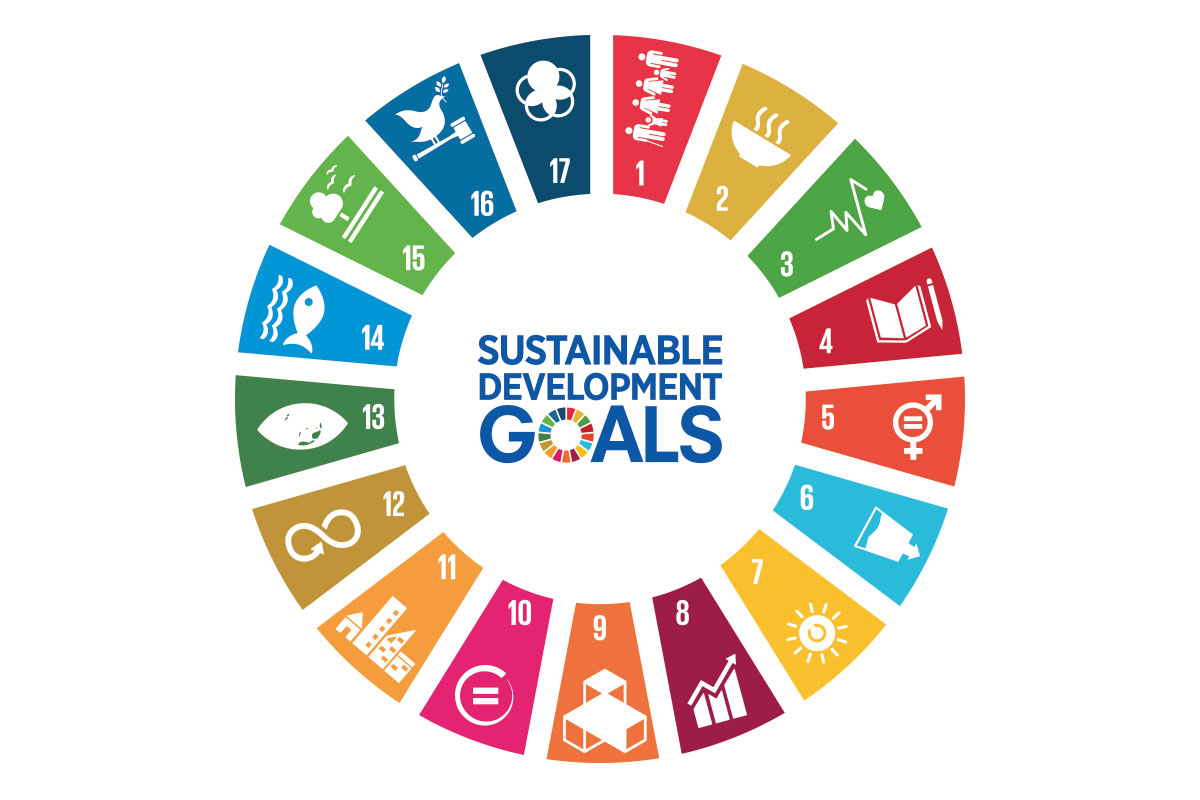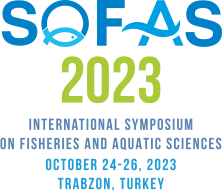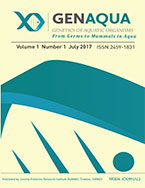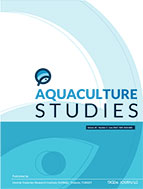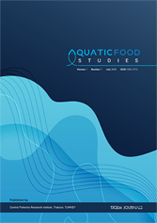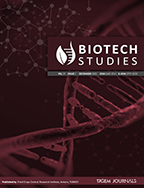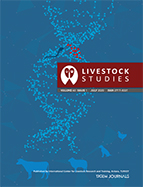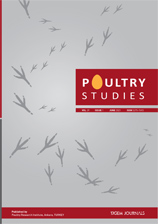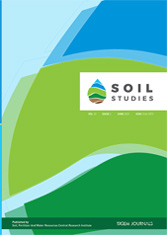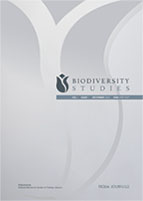Turkish Journal of Fisheries and Aquatic Sciences
2024, Vol 24, Num, 12 (Pages: TRJFAS27050 https://)
Presence of Pharmaceutical Residues in the Seawater of Arctic Archipelago: Assessing the Potential Routes of the Pharmaceutical Pollution
2 Karadeniz Technical University, Department of Maritime Transportation and Management Engineering, Türkiye
3 Istanbul University, Institute of Marine Sciences and Management, Department of Marine Environment, Istanbul, Türkiye
4 TÜBİTAK-MAM Polar Research Institute, Kocaeli, Türkiye DOI : 10.4194/TRJFAS27050 Viewed : 964 - Downloaded : 690 The occurrence of seven commonly used pharmaceuticals, including diclofenac, fenoprofen, ketoprofen, ibuprofen, naproxen, carbamazepine, clofibric acid, gemfibrozil, estrone, 17β-estradiol, and 17α-ethynylestradiol, was investigated in the seawater of the Arctic during the summer of 2022. Seawater samples were subject to liquid-liquid extraction and solid-phase extraction (SPE). The concentrations of pharmaceuticals in the seawater samples were quantified with high-performance liquid chromatography (HPLC) and a DAD detector. The most abundant pharmaceuticals in the seawater were ibuprofen, with a range of 130-220 ng/L, and the highest concentration was obtained for 17α-ethynylestradiol with a level of 350 ng/L. We discussed possible reasons for pharmaceutical pollution, including the impact on marine species, the role of wastewater treatment technologies, and the potential long-range transportation of pharmaceutical residues via sea surface currents. Keywords : Emerging contaminants Pharmaceuticals Seawater Arctic


